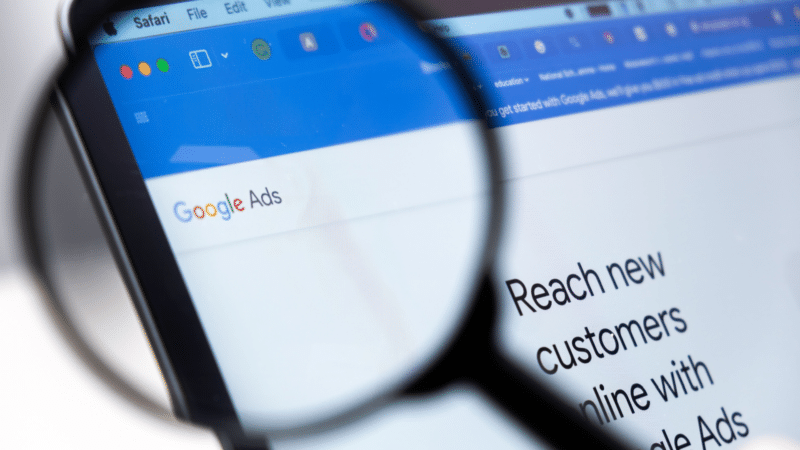
Unlocking the Potential of Google’s Performance Max: A New Era for Advertisers
The digital advertising landscape is continually evolving, and Google has recently made waves with significant updates to its Performance Max advertising system. For advertisers, particularly those operating eCommerce brands or lead generation campaigns, these enhancements could represent a turning point. The introduction of campaign-level negative keywords is not just a feature; it signals a renewed commitment from Google to provide marketers with more control and visibility in their campaigns.
One of the standout features is the long-awaited campaign-level negative keywords, expected to roll out in beta by the end of the year. This addition is particularly crucial because it mitigates the previous concerns surrounding Performance Max’s algorithmic nature, which can sometimes result in insufficient audience signal interpretation and ineffectiveness for certain advertisers. By allowing marketers to filter out unproductive traffic from the onset, the possibility of efficient and targeted ad campaigns has increased significantly.
In addition to improved keyword management, Google is now offering impression share reports for search and shopping ads. This new functionality allows advertisers to assess how frequently their ads are visible in relevant search results, providing critical data to inform budget allocation and campaign adjustments. Such insights can empower marketers to make informed decisions, optimizing their approaches in real-time and steering them towards better performance metrics.
Further enhancing the toolkit, asset coverage reports and recommendations will assist in identifying underperforming asset groups. By understanding which components of a campaign may not have the desired impact, marketers can allocate resources more effectively, tailoring their strategies to align with their conversion goals. Additionally, target pacing insights related to cost-per-acquisition (CPA) and return on ad spend (ROAS) offer deeper visibility into campaign efficiency.
While there may still be skepticism surrounding Performance Max, particularly regarding its complexities and the need for robust data inputs, these innovative updates clearly indicate a shift. The changes not only reinstate trust among advertisers but also foster an environment for creativity and strategic planning.
As the landscape becomes more integrated, the intersection of Performance Max features and tools like URL shorteners and link management systems is worth exploring. For instance, integrating campaign-level strategies with effective link management tools such as BitIgniter or LinksGPT can streamline tracking and optimize ROI on specific traffic sources, further enhancing ad performance.
In conclusion, these updates by Google present a compelling case for marketers to embrace the evolving capabilities of Performance Max. By leveraging enhanced reporting and management features, advertisers can make significant strides in their campaign effectiveness. The balance between control and innovation is crucial in today’s competitive environment, and these updates are paving the way for that balance.
#BitIgniter #LinksGPT #UrlExpander #UrlShortener #DigitalMarketing #PPC
Want to know more: Read More

